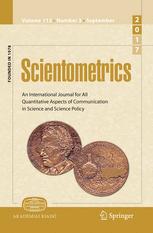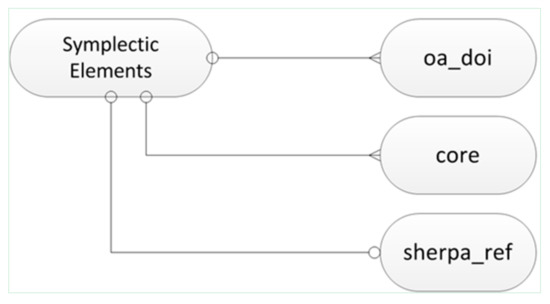Authors: Tsay M-y, Wu T-l & Tseng L-l
Comment: This article compares several open access search engines (i.e., Google Scholar (GS), Microsoft Academic (MSA), OAIster, OpenDOAR, arXiv.org and Astrophysics Data System (ADS)) using publications of Nobel Laureates for Physics from 2001 to 2013. A short literature on comparing search engines is given. Both internal and external overlaps are studied. At the time of this work, GS had the highest coverage of this sample, but had a very high percentage of internal overlap (>92%). It actually covers all items in other sources, except for MSA. ADS and MSA both had coverage just below GS, with ADS having the lowest internal overlap of the three (just slightly higher than arXiv.org, which had 0 internal overlap).
Abstract: This study examines the completeness and overlap of coverage in physics of six open access scholarly communication systems, including two search engines (Google Scholar and Microsoft Academic), two aggregate institutional repositories (OAIster and OpenDOAR), and two physics-related open sources (arXiv.org and Astrophysics Data System). The 2001–2013 Nobel Laureates in Physics served as the sample. Bibliographic records of their publications were retrieved and downloaded from each system, and a computer program was developed to perform the analytical tasks of sorting, comparison, elimination, aggregation and statistical calculations. Quantitative analyses and cross-referencing were performed to determine the completeness and overlap of the system coverage of the six open access systems. The results may enable scholars to select an appropriate open access system as an efficient scholarly communication channel, and academic institutions may build institutional repositories or independently create citation index systems in the future. Suggestions on indicators and tools for academic assessment are presented based on the comprehensiveness assessment of each system.
Tsay M-y, Wu T-l, Tseng L-l (2017) Completeness and overlap in open access systems: Search engines, aggregate institutional repositories and physics-related open sources. PLoS ONE 12(12): e0189751. https://doi.org/10.1371/journal.pone.0189751


